How Many Powdered Sugar Cups in a Pound? Powdered sugar, also referred to as confectioner’s sugar or icing sugar, is a versatile ingredient that enhances the flavor and texture of a wide variety of culinary creations. Whether you’re an accomplished dough puncher or a fledgling in the kitchen, understanding the estimations of powdered sugar is vital for accomplishing the ideal consistency and taste in your recipes.
One normal inquiry that frequently emerges is, “What number of powdered sugar cups are there in a pound?” We’ll go over the intricacies of powdered sugar measurements, various conversion factors, and helpful hints for incorporating this sweet ingredient into your culinary endeavors in this article. let’s read below “How Many Powdered Sugar Cups in a Pound?”.
Understanding Powdered Sugar:
To prevent clumping, granulated sugar is mixed with a small amount of cornstarch to make powdered sugar. This results in a fine, fine surface that effectively breaks down in fluids and mixes flawlessly into different recipes. Powdered sugar is used in a variety of dishes by cooks and bakers, including frostings, glazes, and dustings on pastries and desserts.
How Many Powdered Sugar Cups in a Pound?
Understanding the fundamental conversion factor is essential for determining the number of cups of powdered sugar in a pound. One pound of powdered sugar is around equivalent to 3.75 cups. The fact that a standard cup of powdered sugar weighs approximately 4 ounces and that a pound contains 16 ounces is the basis for this conversion.
- Formula: Number of cups = Weight in ounces/ounces per cup
- Number of cups = Ounces per cup / Weight in ounces
- Number of cups = Ounces per cup / 16 ounces
- Number of cups = 16 ounces / 4 ounces per cup
- Number of cups = 4 cups per pound
Precision Matters: Weighing vs. Measuring
While the essential change gives a helpful guideline, perceiving the significance of accuracy in baking and cooking is urgent. Because the density of powdered sugar can vary depending on factors like humidity and storage conditions, measuring cups can occasionally result in inconsistencies.
A kitchen scale is recommended for precise measurements, particularly in professional or meticulous baking. When you weigh your ingredients in grams or ounces, you can better control how your recipe turns out in the end.
Sifting for Success
The fine texture of powdered sugar causes it to clump. Filtering is a strategy that splits up these clusters as well as circulates air through the sugar, bringing about a smoother and lighter surface. While estimating powdered sugar, particularly for recipes that require an exact sum, consider filtering it prior to adding it to your blend.
Filtering should be possible utilizing a fine-network strainer or a dedicated sifter. Essentially place the powdered sugar in the strainer or sifter and delicately tap or shake it to filter the sugar into a bowl. This step improves the overall quality of your baked goods and ensures that your measurements are consistent.
Recipe-specific Considerations
Various recipes might call for varieties in how much powdered sugar required. A cake recipe might call for a pound of powdered sugar, while a buttercream frosting recipe might call for a certain number of cups.
Adjusting for Sweetness and Texture
Past the essential change, individual inclinations likewise assume a part in deciding how much powdered sugar to utilize. Some people like it sweeter, while others might like it less sweet. You can tailor your recipes to your tastes by adjusting the amount of powdered sugar.
The texture of your creations can also be affected by experimenting with various amounts. A frosting recipe with more powdered sugar, for instance, may have a stiffer consistency, whereas one with less sugar may have a texture that is softer and easier to spread. Understanding the effect of powdered sugar on the end result engages you to redo recipes as indicated by your inclinations.
Conclusion:
Understanding the measurements of ingredients is essential to achieving culinary success, and precision is essential in the fields of baking and cooking. With regards to powdered sugar, knowing the number of cups that are in a pound gives a significant beginning stage to your kitchen tries.
By getting a handle on the fundamental change component of roughly 3.75 cups per pound, you gain an understanding into the extent required for different recipes. Be that as it may, it’s similarly critical to recognize the subtleties of powdered sugar thickness, the advantages of gauging as opposed to estimating, and the effect of filtering on the general nature of your manifestations.
Keep in mind the recipe-specific considerations and the adaptability to alter powdered sugar quantities to suit your preferences as you embark on your culinary adventures. Whether you’re preparing a bunch of treats, creating an exquisite cake, or idealizing a debauched frosting, the information on powdered sugar estimations fills in as an important device in your kitchen collection. Thus, go on, measure with certainty, and let the pleasantness unfurl in your scrumptious manifestations. I hope you like reading “How Many Powdered Sugar Cups in a Pound?”.
